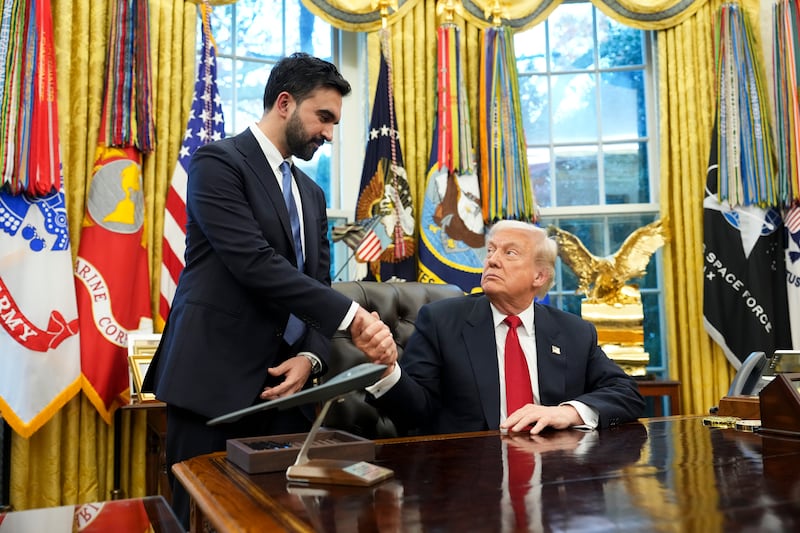With whole sectors decimated by new business models in the past decade and a raft of new ones under threat in this one, disruptive innovation has moved from being somebody else’s problem to a concern for just about every type of enterprise. From the music industry to media, travel agents to taxi services, incumbent businesses are sleepwalking over cliffs. So what’s stopping them from waking up?
"They have a false sense of security. The first generation of any new wave performs poorly compared to the last of the previous generation, so the incumbent doesn't see the disruptors as a threat," says consultant Damian Costello. "But if they fall into the trap of hubris and believe that their way is the right way and the disruptor will never make it, they will go the way of the typewriter, the encyclopaedia and the travel agent."
He talks about the “S-curve” life cycle of a business, whereby the ability to continuously innovate eventually slows and growth stalls. There are inflection points along the way – standardisation and then commoditisation – before the inevitable threat of obsolescence. Through his firm, Decode Innovation, Costello and a team of expert subject consultants try to help businesses stay on the right side of the curve.
Speaking at the Predict 2015 conference, a predictive analytics event hosted by Creme Global, in Dublin earlier this month, Costello described how he helps threatened incumbent businesses gather data to understand things they couldn’t before, and to gain a foothold as their grip is slipping. Their best chance of survival is to identify new trends and react to them.
“It’s about helping people read the waves and surf the waves,” he says. “We are not in control of disruption. We are no more able to create disruption than surfers can create waves, so you need to read what’s there and understand what is going to give you an advantage.”
Evolutionary forces
Once liberated from the concept of control, prediction comes to the fore and the onus is on understanding evolutionary forces in the market. Then, Costello argues, you are in a better position to stay one step ahead.
“In a competitive world, you don’t need to be right; you just need to be better than the other guys,” he says.
His favourite analogy is the one about the two men in the jungle where one of them figures out that they don’t have to outrun the lion, they only have to outrun each other.
“Read what’s about to happen, and try and position yourself in as advantageous a position as possible,” he says.
Returning to his surfing analogy, he describes his role as getting the surfers to the beach at the right time to catch the wave. “It’s all about stacking odds in their favour.”
The biggest challenge is that incumbent organisations are very bad at recognising a threat, let alone planning an escape. Costello likens this to psychological cases where the problem a patient presents is never the real problem. Organisations might identify a management issue and swap people around, for example, but this often a superficial solution, rearranging deckchairs on the Titanic.
Good management is all about playing the cards you’re dealt, says Costello, and he focuses on giving his clients the information that will help them win their hand. His approach is ruthlessly pragmatic and he has little time for ideas about cultivating a culture of innovation in a company.
“I don’t believe in any of that. I think what you need is vision and strong leadership,” he says. “Set a high bar, and the culture will follow; set enough of a challenge, and people will gravitate towards it.”
He is particularly adamant about the role of the chief executive. “You do not want leaders to be innovators or experimenters. You want them to be doggedly focused on a singular goal. That’s how you get people aligned. If you clearly set out your vision and get the right people, they will follow.”
A gamekeeper turned poacher, Decode Innovation also advises start-ups on what they need to do to succeed. Costello encourages them to challenge the traditional business model based on assumptions about taking a percentage of a global market, making investment decisions and then planning a strategy to achieve the target.
“The alternative approach is to make a projection and identify the assumptions that have to be proved true if the projections are to occur,” he says. “Making the assumptions is a critical part of the strategy, because you only invest when they are proved true.”
Ripe for disruption
When it comes to predicting the next sector ripe for disruption, Costello is looking at evolutionary trends in society, technology and the economy. He believes that smartphones and mobiles have passed the sweet spot for investors, but that other sectors, such as healthcare and energy, where high volumes of customers are served by outmoded incumbents, will emerge.
But an even bigger trend is becoming apparent, according to Costello, aligned to “the third industrial revolution” and threatening far greater disruption.
"We're at a Henry Ford moment in the analogue-to-digital shift where things that were done as a black art before can be done as science and become a real industry," says Costello, referring to the impact of predictive analytics, big data and the Internet of Things.
“We are moving to a network model where we can accurately measure the merit of everybody’s contributions, where there will be distributed decision-making and distributed intelligence disrupting every sector.”


















